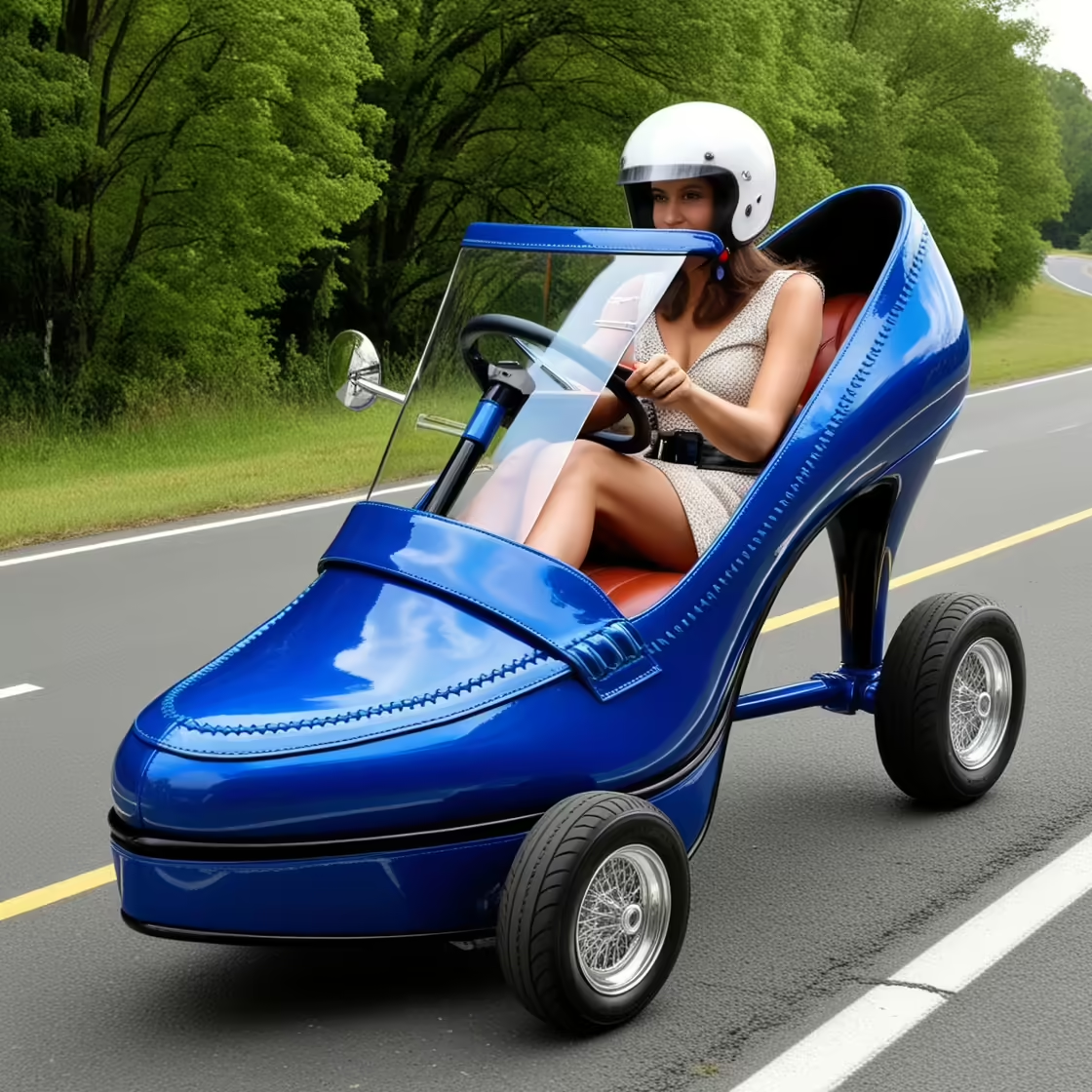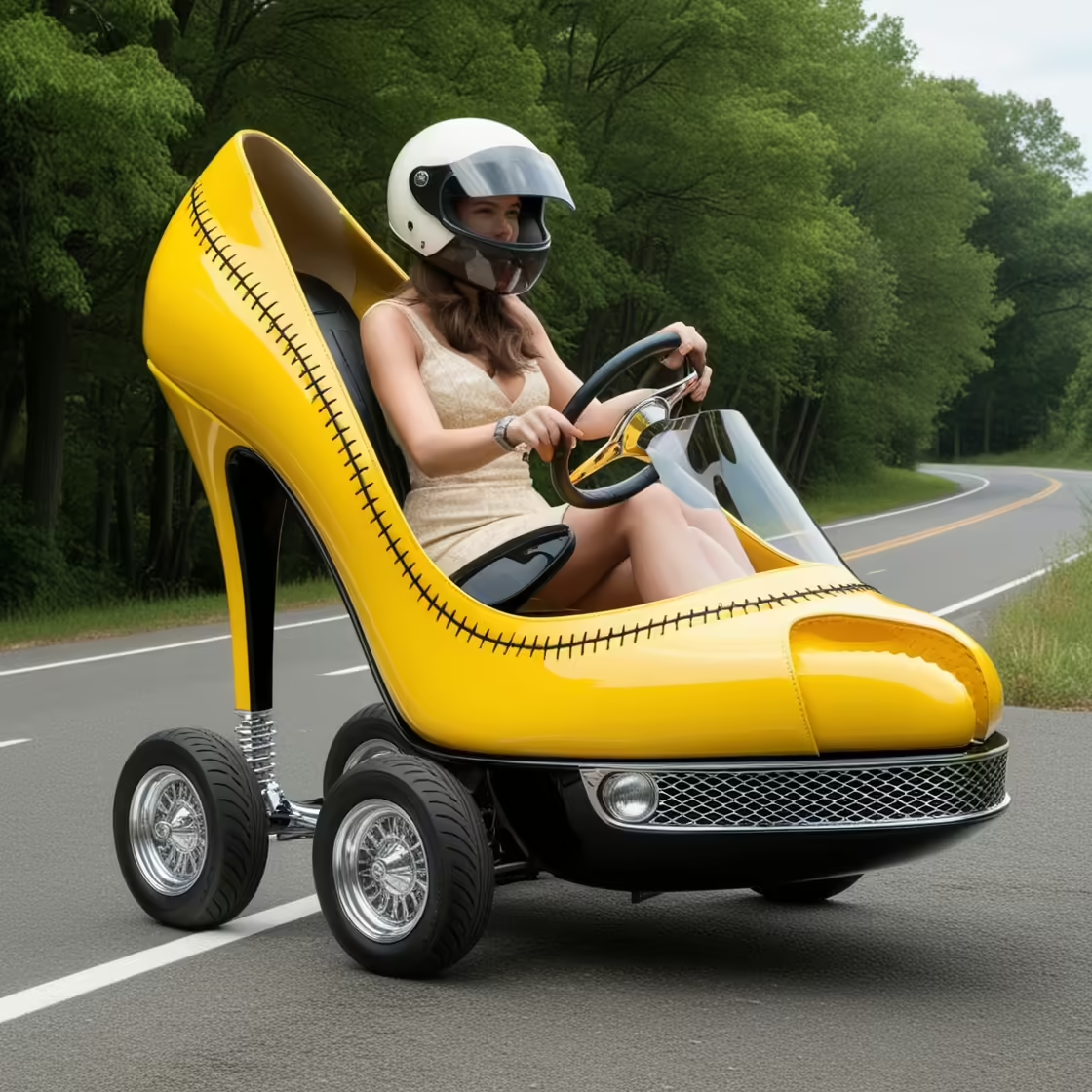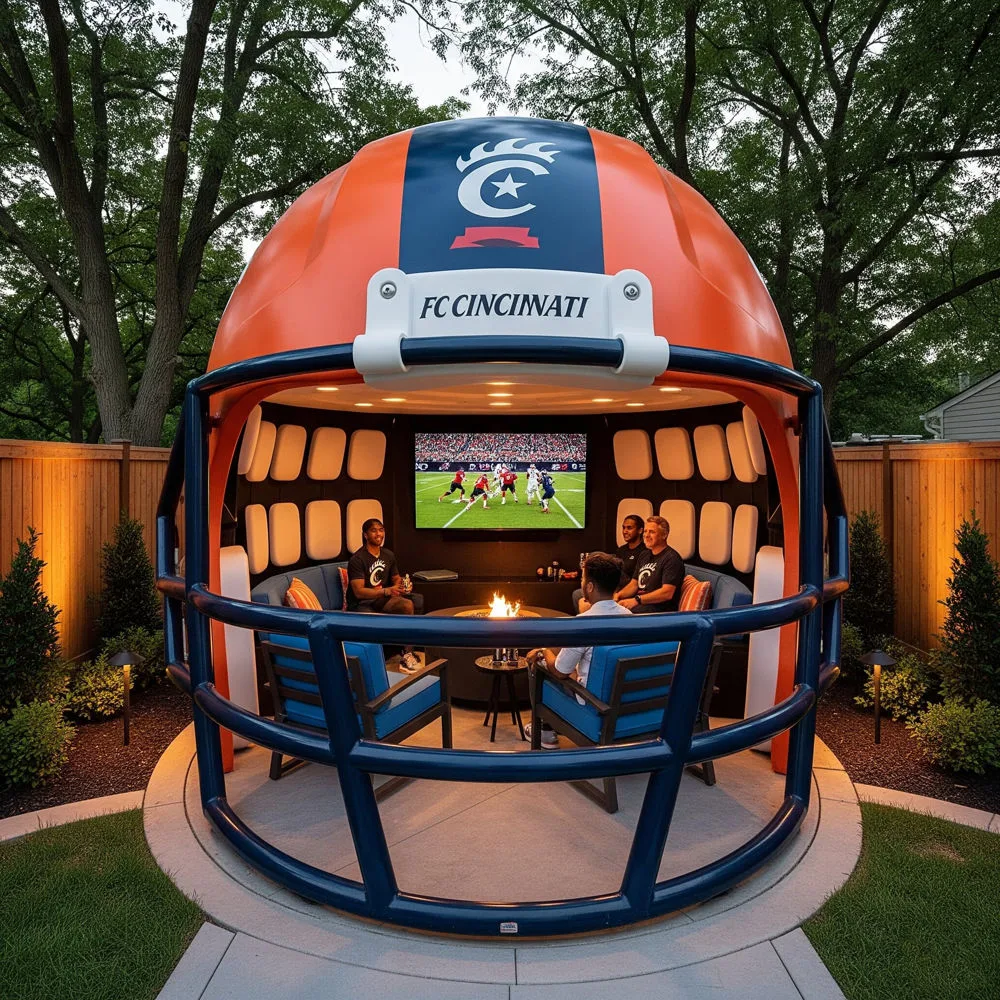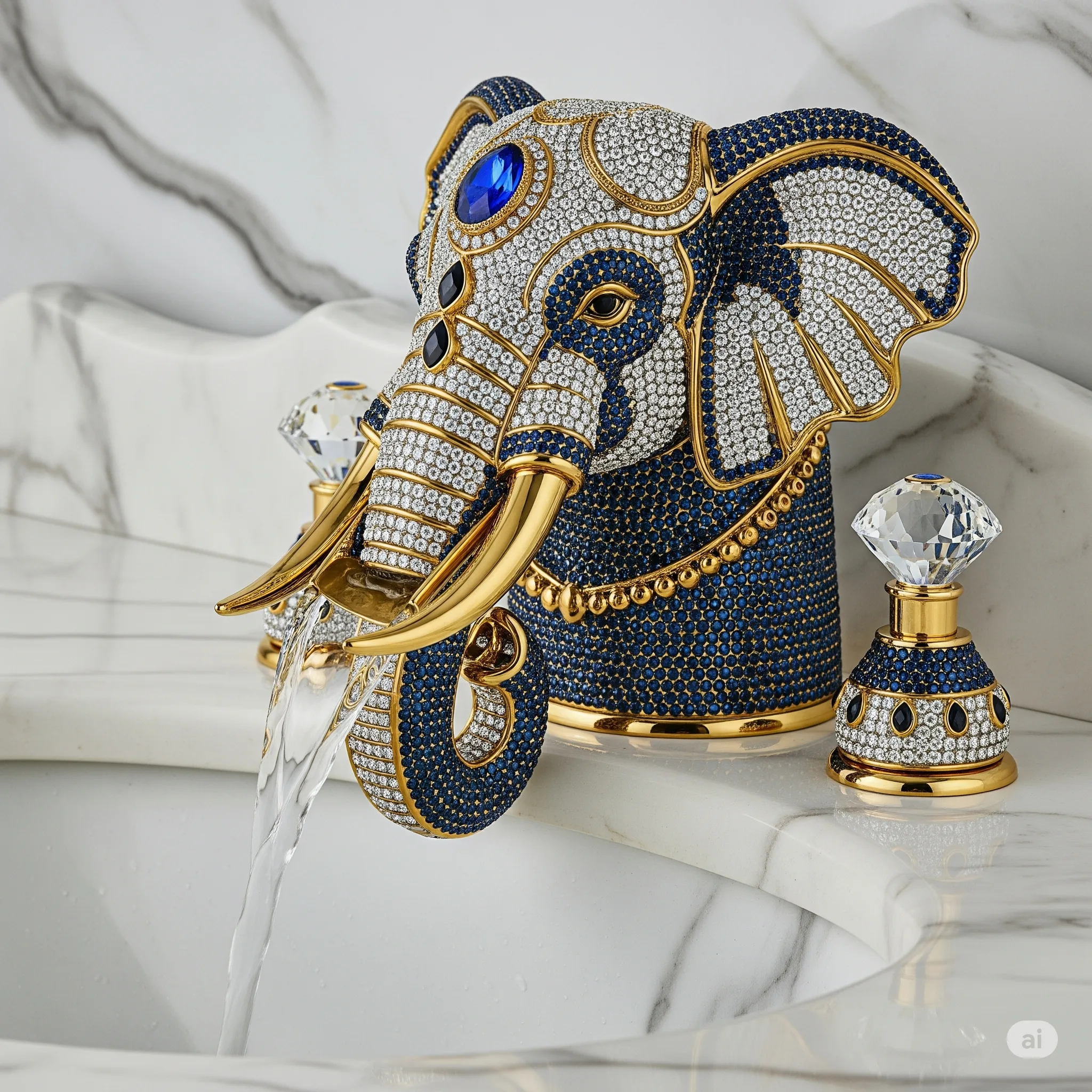Driving Glamour on Wheels
The fusion of fashion and automotive design has reached striking new heights with the emergence of the high heel shaped car—a daring and imaginative concept that turns the traditional idea of vehicles on its head. A novelty, a statement piece, and a rolling embodiment of creativity, this kind of car blurs the boundaries between utility and art.
Whether exhibited in fashion parades, auto shows, marketing campaigns, or even cruising down city streets during special events, the high heel shaped car is not just transportation—it’s an expression. It evokes intrigue, controversy, admiration, and joy. But what is the real story behind these vehicular stilettos? How are they built? And why have they gained such a unique place in pop culture?
This article explores the phenomenon of the high heel shaped car in detail—from its conceptual origins and design innovations to its cultural significance and the growing demand for fashion-forward automotive art.
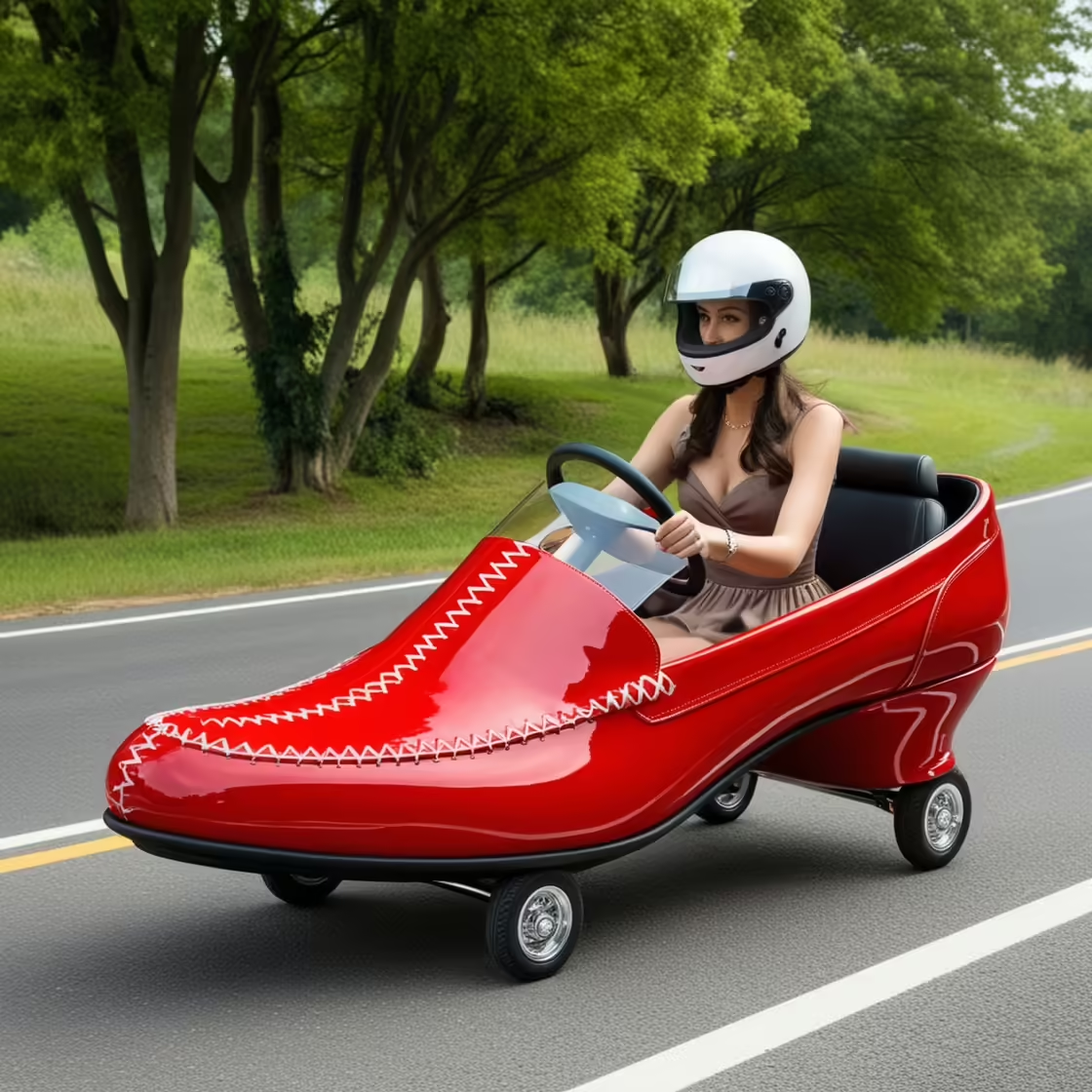
The World Behind the High Heel Shaped Car
The Origin and Evolution of the High Heel Car
Where Fashion Met Function
The concept of a high heel shaped car emerged as a product of whimsy and ambition—a creative response to the question, “What if fashion could drive?” Artists, designers, and automotive customizers began experimenting with shoe-inspired car designs as early as the 1990s. The concept was initially used for promotional stunts, but quickly gained traction as a serious art form.
Fashion-forward brands like Chanel, Christian Louboutin, and Moschino began using custom shoe-shaped vehicles in their marketing campaigns, parading them during runway events or in city-wide brand activations. These vehicles weren’t just eye-catching—they became Instagrammable symbols of creativity and excess.
In parallel, car enthusiasts with a flair for the flamboyant—especially in places like Los Angeles, Tokyo, and Dubai—began customizing vehicles to resemble heels, often as mobile tributes to designers or pop icons.
Design and Engineering: Turning a Stiletto into a Speedster
Architectural Challenges of a Non-Traditional Vehicle
Designing a high heel shaped car is not a simple cosmetic modification—it involves a complete reimagining of vehicle architecture. The essential form factor of a high heel—a sharply inclined shape with a narrow base and elevated rear—poses substantial engineering challenges.
Key design aspects include:
- Chassis Adaptation: Most high heel cars use a custom-built or heavily modified chassis. The base might be adapted from a small car like a Smart, Mini Cooper, or even a golf cart for ease of transformation.
- Body Molding: The upper section of the car—the “shoe”—is typically made from fiberglass or molded plastic to ensure it’s lightweight yet durable.
- Heel Support: The “heel” part of the car often houses the engine, battery, or serves as a purely structural element for balance.
- Visibility and Navigation: Due to the unusual height and curves, drivers often require extended mirrors or camera-based assistance to ensure road safety.
- Wheel Placement: Hidden within the sole and ball of the “shoe”, the wheels must be carefully positioned to support weight distribution and steering control.
The result is a working vehicle that remains roadworthy (in select jurisdictions), turning heads wherever it goes.
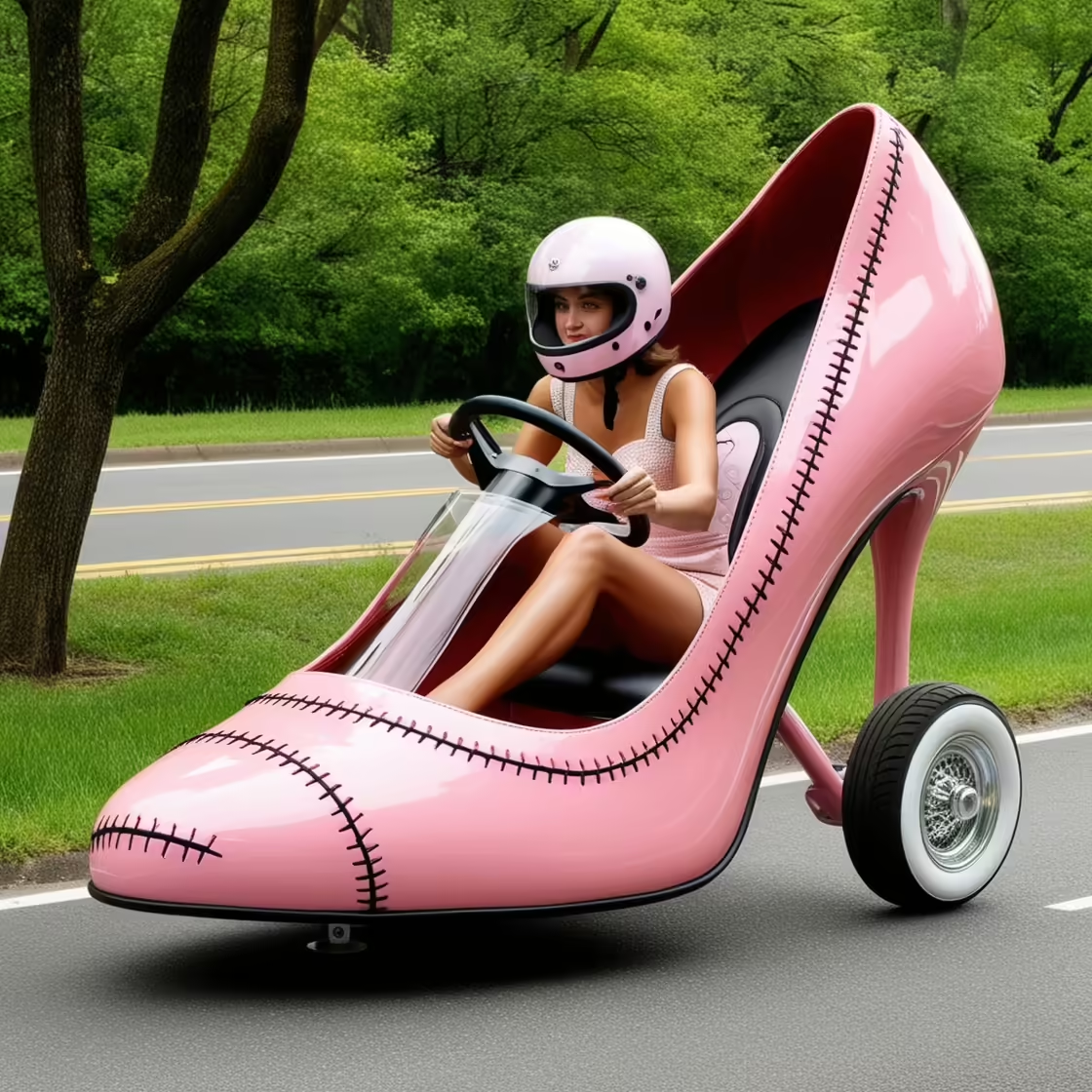
Notable High Heel Shaped Car Creations Around the World
Icons of Automotive Fashion
Some high heel shaped cars have gained cult-like status due to their visibility in parades, museums, or media. Here are a few standout examples:
- Louboutin Cruiser: A bright red stiletto car featuring the iconic red sole of Louboutin, showcased in Paris and New York during fashion week.
- Pink Heelmobile: Designed by artist and designer Bethany Kenworthy, this hot pink pump on wheels has toured the U.S. for charity events and brand promotions.
- Dubai Stiletto Limo: A stretch limousine modeled after a sleek black high heel, with a lavish interior featuring leather upholstery and LED lights.
- Japanese Platform Heel Car: A kawaii-inspired design in Tokyo with cartoon accents and an oversized heel, often seen at Harajuku fashion festivals.
Each design emphasizes different aspects—luxury, fun, femininity, or cultural fusion—showing the versatility of the concept.
Cultural Impact and Symbolism
Empowerment, Femininity, and Rebellion on Wheels
The high heel shaped car is more than a quirky design—it’s often viewed as a rolling statement piece about gender, power, and identity.
- Empowerment: For some, driving or displaying a heel-shaped car is an assertion of confidence, owning space in male-dominated automotive culture.
- Femininity and Celebration: The form pays tribute to fashion and its role in personal expression. Events like bridal expos, bachelorette parties, and female-centric brands often use the vehicle to celebrate womanhood.
- Subversion: The juxtaposition of a fashion icon (the high heel) and a traditionally masculine symbol (the automobile) creates visual and cultural tension that sparks conversation.
This duality has made high heel cars popular in art installations and feminist art exhibitions, where the vehicle becomes a medium for challenging societal norms.
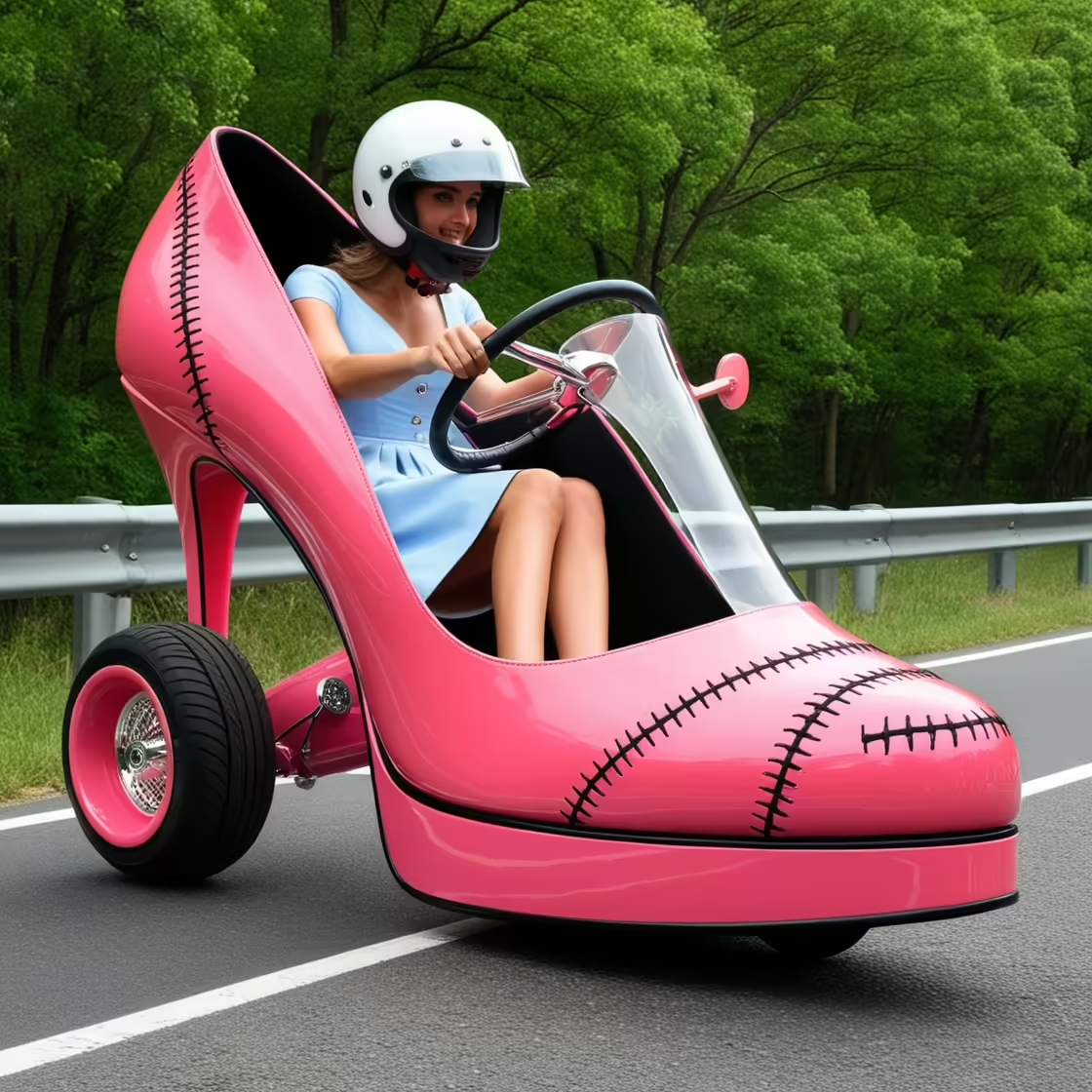
High Heel Cars in Marketing and Media
Rolling Billboards and Viral Fame
One of the most common uses of the high heel shaped car is in advertising and experiential marketing. They serve as mobile billboards, drawing attention on social media and in physical spaces.
- Brand Campaigns: Beauty brands like Sephora or fashion retailers like ASOS have deployed high heel cars in product launches or seasonal campaigns.
- Social Media Influence: Content creators and influencers often rent these cars for TikToks, Reels, or event appearances, knowing that the novelty guarantees virality.
- Film and TV Appearances: From satire in sitcoms to features in fashion documentaries, the car has become a symbol of absurdity and creativity.
In all cases, the high heel car becomes unforgettable—its uniqueness sticking in the public’s mind far longer than a standard ad.
Customization and Ownership
Who Buys or Builds a High Heel Car?
Though mostly seen in marketing or art, there is a niche market of collectors, stylists, and businesses who purchase or commission their own high heel shaped cars. These clients include:
- Luxury Fashion Houses looking to extend their brand presence.
- Themed Event Companies wanting to offer unforgettable rentals.
- Artists and Designers creating functional sculptures.
- Boutique Vehicle Enthusiasts collecting novelty or one-of-a-kind vehicles.
Customization options can include:
- Colors and Materials: From red patent leather-look finishes to glitter, metallics, or faux suede.
- Interior Features: Mini bars, sound systems, neon lights, or custom seating.
- Tech Upgrades: Electric versions, solar accents, GPS integration, or retractable heel components.
Due to the custom nature of the work, pricing ranges wildly—from $25,000 for a small, simple design to over $150,000 for a luxury or roadworthy vehicle.
Driving the Future of Expressive Automotive Art
The high heel shaped car is a triumph of creativity, imagination, and boundary-pushing design. It’s playful, provocative, and endlessly photogenic—a literal vehicle for fashion, art, and social commentary.
While it may not be destined for mass production or your local dealership, its significance lies in its ability to challenge norms and invite conversation. It proves that cars can be more than machines—they can be statements, celebrations, even symbols of empowerment.
As technology enables more radical customization and eco-conscious materials make unconventional builds more feasible, we may continue to see even bolder interpretations of the high heel car. Whether rolling down a runway, cruising through a city, or parked at a gallery, this eccentric automotive icon will always stand tall—heel and all.
